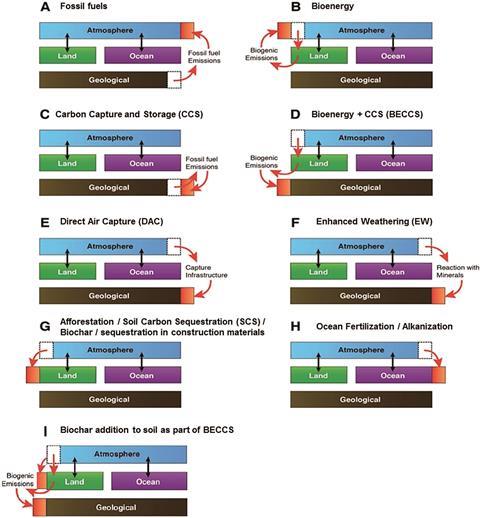Cyanotoxins are often found in surface waters worldwide. If contaminated water is consumed, they can bioaccumulate in the liver and cause death in high doses. They can also poison other animals and plants, causing a real threat to life and increasing the potential of disruption in drinking water supply in affected areas. Among all cyanotoxins, microcystin (MC) is the most studied. Herein, Maghsoudi and colleagues report a new bacterium isolate that degrade these toxins and present a study on some factors involved on its biodegradation activity.
MCs are small cyclic toxins composed of seven peptides and, as a result of structural variation, 89 analogues have been identified to date. Their hepatotoxicity is due to the presence of the unique amino acid, Adda, in their structure. They are resistant to enzymatic and physico-chemical breakdown owing to their small cyclic structure. However, they can be biodegraded by a few genus of bacteria.
The majority of studies that have focused on MC degradation have identified Sphingomonas sp as the most common degrades. Among these, the gene mlrA encodes the enzyme responsible for cleaving the peptide bond between arginine and Adda and, therefore, causing the breaking down of the cyclic structure. However, different peptides that do not carry the arginine-Adda bond are also degraded by bacteria from the genus Sphingomonas. This indicates that different pathways may be involved in biodegradation. Using modern sequencing methods, Maghsoudi and colleagues also sought to identify and determine the role of theses genes in different MC variants.
The group collected samples of water from the Missisquoi Bay, Quebec, Canada, where several cyanobacterial blooms have been observed. A total of 22 strains were isolated with the ability to degrade cyanotoxins and, among these, four were able to degrade all MC variants (MCLR, YR, LY, LW and LF). Moreover, sequencing analysis showed that one of the isolates (MB-E) demonstrated 99% identity with the Sphingopyxis genus.
Following this finding, a next generation sequencing method was used for analysing the mlr gene cluster of the new strain. Results showed that organisation of mlr genes in this cluster is identical to those of several Sphingomonas strains that degrade MCs. Results also revealed that transcription of the mlrA gene is triggered by the presence of microcystin in the medium and that the same pathway is used in the biodegradation of all MC variants. This was the first time that this new sequencing method was used to characterise the genome of MC degraders.
Moreover, pH-dependent biodegradation is thought to be the determinant factor in the fate and disappearance of these toxins. However, limited information is known about the correlation of dynamic changes in pH and cyanotoxin degradation. Using MB-E, biodegradation was observed at pH values between 6.10 and 8.05. The highest biodegradation rate was observed at pH 7.22 and data showed that MB-E was not able to grow under basic conditions. Considering that cyanobacterial blooms are often associated with a high pH (between 8.5 and 11), MB-E may have had limited biodegradation activity in the bay. However, MB-E was still able to degrade toxins at pH 9.12, that is closer to the pH of drinking water during cyanobacterial blooms.
In summary, using new sequencing methods, Maghsoudi and colleagues proved that gene expression profile of a new isolate that exhibit microcystin biodegradation is identical to Sphingopyxis sp, a novel result. Moreover, further studies on dynamic pH changes during cyanobacterial blooms might be useful in providing insight into the persistence and biodegradation activity of MB-E in drinking waters.
To read the full article for free* click the link below:
Cyanotoxin degradation activity and mlr gene expression profiles of a Sphingopyxis sp. isolated from Lake Champlain, Canada
Ehsan Maghsoudi, Nathalie Fortin, Charles Greer, Christine Maynard, Antoine Pagé, Sung Vo Duy, Sébastien Sauvé, Michèle Prévost and Sarah Dorner
Environ. Sci.: Processes Impacts, 2016, 18, 1417-1426
DOI: 10.1039/C6EM00001K

—————-
About the webwriter
Luiza Cruz is a PhD student in the Barrett Group at Imperial College London. Her work is towards the development of new medicines, using medicinal and natural products chemistry.
—————-
*Access is free until 08/02/2017 through a registered publishing personal account.


















